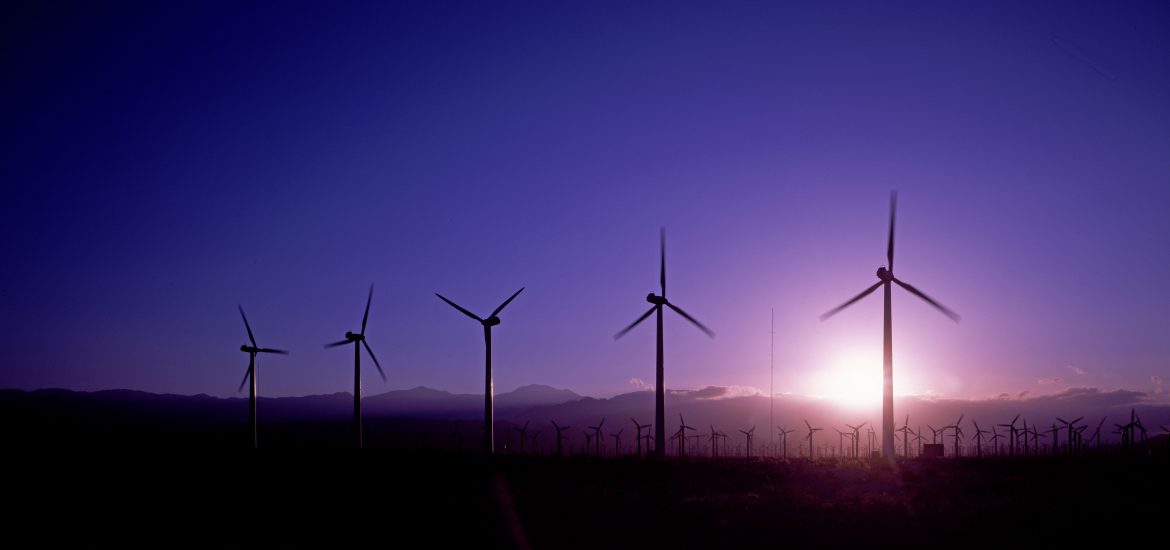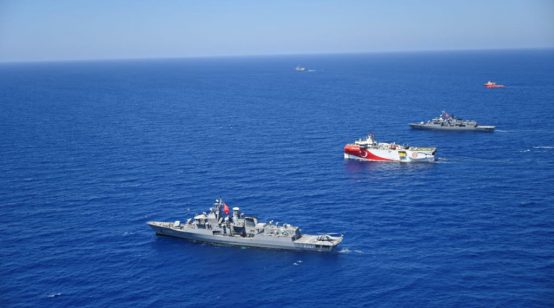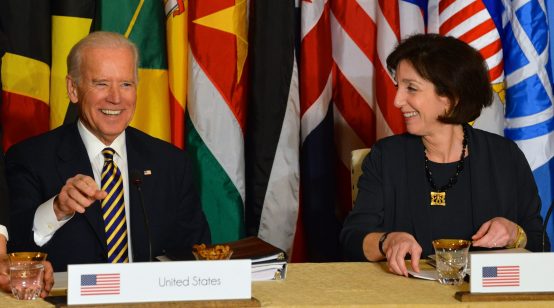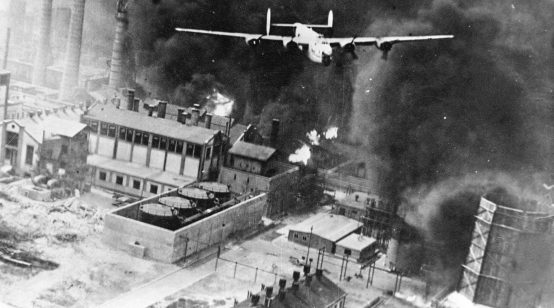
Dynamic market, geopolitical, and technological forces make the global energy system impossible to predict. As a net consumer and importer of energy, Europe is at the mercy of such forces. In some ways, global politics were less volatile in 2018 than in 2017. Yet the geopolitics of energy intensified this past year, as major developments under way for a couple years matured and the differences between countries on energy issues became clearer. Amidst this turmoil, Europe’s voice on energy has become more unified, a welcomed sign amidst all the gloom about its division. This year’s top-five list is mostly positive news. Europe has emerged from 2018 more energy secure, even if its choices about which supplies to rely on for this security have grown more complicated.
Texas three-step
For the third time in the hydrocarbon era, Texas is making the United States the world’s top oil producer. This helps Europe in two, security-related ways.
First, surging U.S. production brings global oil-supply security and limits the power of the OPEC and Russia to keep prices high. The so-called Vienna group decided once again in December to cut production to defend price in an oversupplied market. This feels like wishful thinking or desperation on its part. Since 2014, U.S. shale has exhibiting downward pressure on prices and previous Vienna group cut have had only short-term effects. U.S. production is set to soar in 2019 and beyond, with the only major constraint being pipeline infrastructure. Producers might want to let the market top out as Saudi Arabia did in 1986, and let oil demand rebuild from a low and natural price point than resisting a force that appears set to persist. In the meantime, Europe can look forward to greater security of oil supply in the coming years.
Secondly, U.S. oil production increases U.S. power on the world stage and gives it greater leeway in foreign policy, which ultimately enhances European military security. It weakens Europe’s geopolitical rival Russia and allows room to renew sanctions on Iran and maintain pressure on Venezuela.
LNG from down under
Global gas markets have experienced similar dynamics, as Australia passed Qatar in 2018 to become the world’s largest exporter of liquefied natural gas (LNG) in 2018. The introduction of Australia as a major supplier brings significant gas-supply security to global consumers. While Europe will not directly consume much LNG from Australia, its supplies can go a long way towards meeting rising Chinese demand. Due to the U.S.-Chinese trade war and bottlenecks in the Panama Canal, U.S. LNG sales to China declined in 2018, leaving Australia to fill the gap. This, in turn, frees up U.S. and Qatari LNG supplies for the Europe.
There is a now-or-never philosophy pushing those with viable reserves of natural gas to bring them into production. Qatar’s lifted its moratorium on new gas production in 2017, seeing a global market ready for new volumes. When these and others come online in the early 2020s, Europe will have no shortage of LNG-supply security. The question remains, however, whether it will have enough receiving terminals to handle it.
An eastern Mediterranean gas pipeline
Prospects for transporting Eastern Mediterranean gas improved markedly in 2018, which is also good news for Europe. Politics is always viewed as the spoiler in the region, but the diplomatic backing of the United States gives the chance that the East Mediterranean Pipeline, which would bring Israeli and Cypriot gas to Greece and onward to Europe via Italy, a real chance at success.
In a continent divided by Nord Stream II pipeline and fearful of the forthcoming Turk Stream pipeline, both of which would mean more Russian gas in Europe, the East Mediterranean pipeline allows Europe to diversify away from its biggest supplier and bring 10 billion cubic meters of gas per year to the growing southern European markets. European imports of Russian gas reached a record high in 2018, and volumes are expected to increase in the coming two years.
Turkey has long threatened plans to export gas from the Aphrodite, Leviathan, and Tamar fields, among others, but Trump’s withdrawal from Syria and offer to sell Patriot missiles could mollify it. To cut through the region’s politics, sides have to be taken.
A common voice on climate
Geopolitics and geo-economics usually steal the show when it comes to energy projects, but words also matter in providing clarity and purpose. In October, the UN Intergovernmental Panel on Climate Change (IPCC) released a report that could not have been clearer: the world is two-thirds of the way to reaching 1.5°C above pre-industrial levels. By 2030, extreme weather, drought, crop failures and other devastating events will wreak havoc on global societies.
With the report, as well as its backing at the COP24 conference this month in Poland, Europe confirmed its leadership on fighting climate change. There are, of course, still major reasons for concern about how nations will collectively address the problem. The outcomes of COP24, moreover, leave much to be desired. Yet Europe’s continued advocacy and support for stronger policies to reduce emissions gives the continent a common identity and a cause to rally behind.
German uncertainty
Angela Merkel’s departure from the chancellorship in 2019 brings uncertainty to the continent’s manufacturing power. A staunch defender of renewables and driving force behind the Energiewende, some gave her to the title of Climate Chancellor. Yet Merkel’s growing purchases of Russian gas and support for Nord Stream II will leave a mixed legacy. Merkel’s likely successor, Annegret Kramp-Karrenbauer, has raised questions about the pipeline, as did two other contenders for the position. Kramp-Karrenbauer is most likely to continue with the status quo: conceptualizing Nord Stream II as a commercial project in Germany’s interest and being as hawkish on climate as Merkel.
Nevertheless, Merkel’s departure represents a policy vacuum in European energy. Given its leadership on past energy issues and the centrality of Germany to the EU more broadly, policy shifts of even the slightest degree will reshape Europe’s energy future.





